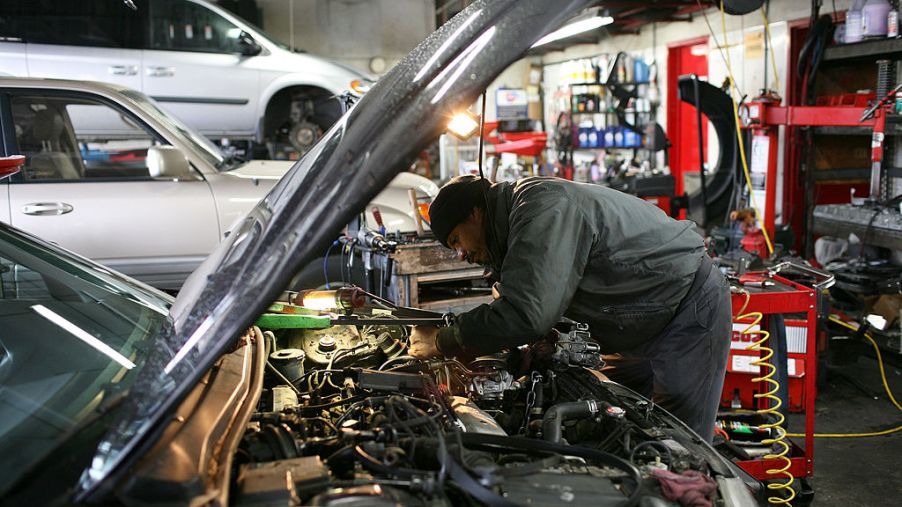
9 Roadside Emergency Kit Essentials
Let’s face it—a breakdown by the side of a busy highway or sketchy neighborhood is enough to cause a nervous breakdown.
If you haven’t already, it’s statistically inevitable that you’ll eventually be the unwilling recipient of mechanical misfortune. To help alleviate some of the stress that comes along with car troubles, you should have a roadside emergency kit stashed away somewhere in your vehicle.
Roadside emergency kits, also called emergency roadside kits and emergency car kits, are a neatly organized collection of helpful tools and provisions aimed at assisting you during roadside emergencies like flat tires, engine failure, and more.
When you set out assembling your kit, consider stocking it with items tailored to the age and mechanical condition of your vehicle, your driving circumstances, and the weather conditions. At the very least, you should ensure that your roadside emergency kit has the following essentials:
1. Jumper cables
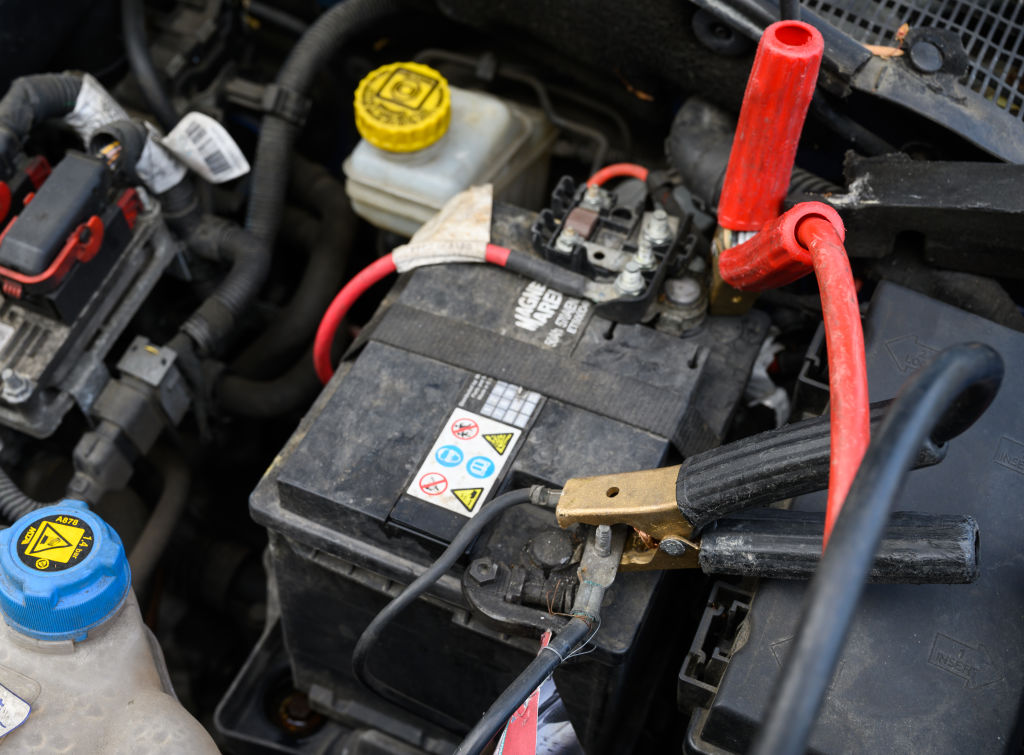
Jumper cables are a must-have for your roadside emergency kit. Jumper cables help you jump start your vehicle when the battery is drained. Any jumper cable set is better than none, but try to buy one that’s 4 to 6 gauge and at least 20 feet (6 meters) in length. Additionally, look for a set with thicker cables and heavy clamps for maximum durability and longevity.
2. Tool kit

No emergency roadside kit is complete without a good tool kit. Shop for a tool kit that includes a variety of screwdrivers, wrenches (also an adjustable wrench), pliers, and a pocket knife. Bonus points for tool kits with a socket wrench and a full array of sockets in different sizes.
3. Road flares and/or triangle reflectors

Emergency road flares are great for alerting motorists of your disabled vehicle during low visibility situations. Road flares are typically sold in affordable kits. Also, you can use triangle reflectors to draw attention to your vehicle while you repair it or wait for roadside assistance to arrive.
4. Flashlight
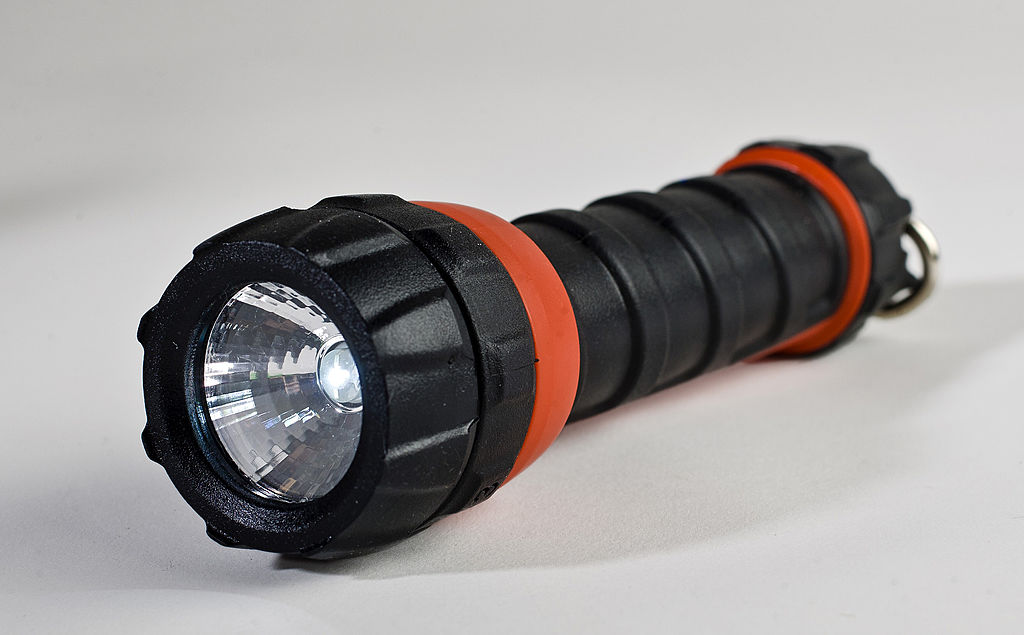
A durable emergency flashlight is a vital component in any worthwhile roadside emergency kit. Battery-operated flashlights are an affordable and effective option, but just make sure you have some spare batteries included in your kit. LED flashlights offer enhanced illumination but typically cost more than basic emergency flashlights. If you’d rather not fuss with batteries, you can buy a solar-powered flashlight—just ensure that it’s always charged up.
5. Tire pressure gauge
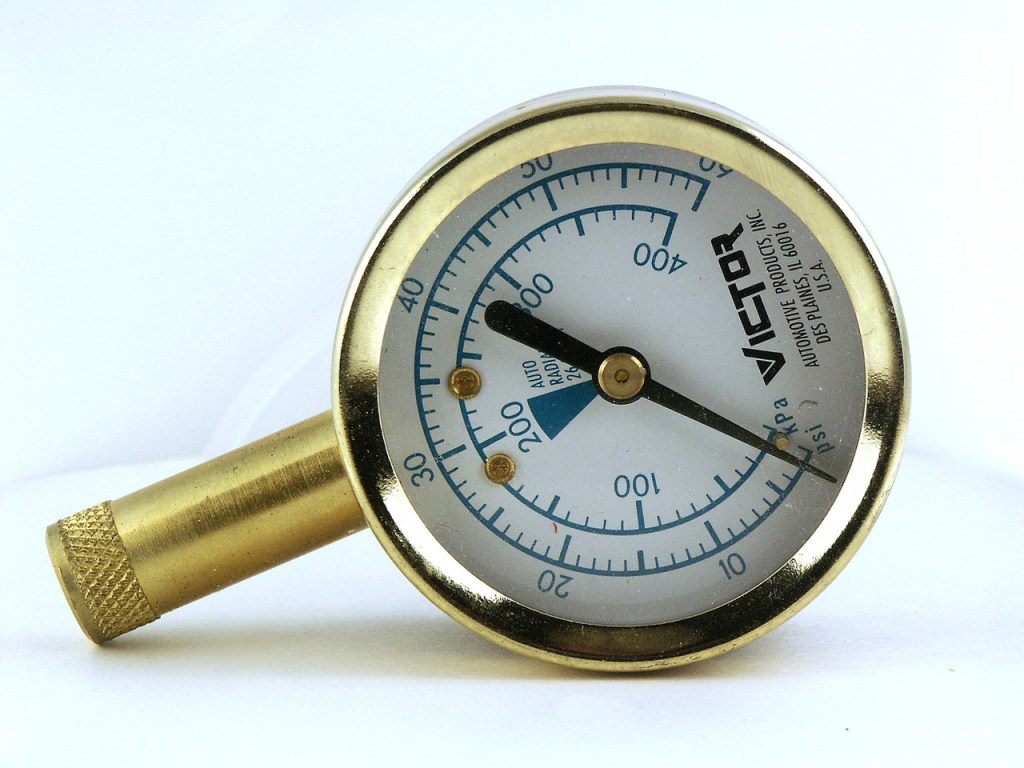
If your tire pressure light comes on, tire pressure gauges are valuable tools for measuring tire pressure easily and quickly. To use a tire pressure gauge, simply unscrew the tire valve stem cap, insert the gauge onto the exposed valve stem, and gently press down until the needle on the gauge displays a measurement. Look for a tire pressure gauge that’s made of durable metal and has clear, legible markings on the gauge face.
6. Motor oil

Engines require the proper level of oil in order to run properly, so you should keep a quart or more of motor oil stowed in your roadside emergency kit. Consult your vehicle’s owner manual for the recommended engine oil viscosity and formula. It’s also a sound idea to keep a few rags in your kit to clean up your greasy hands when you’re done wrenching on your ride.
7. Engine coolant
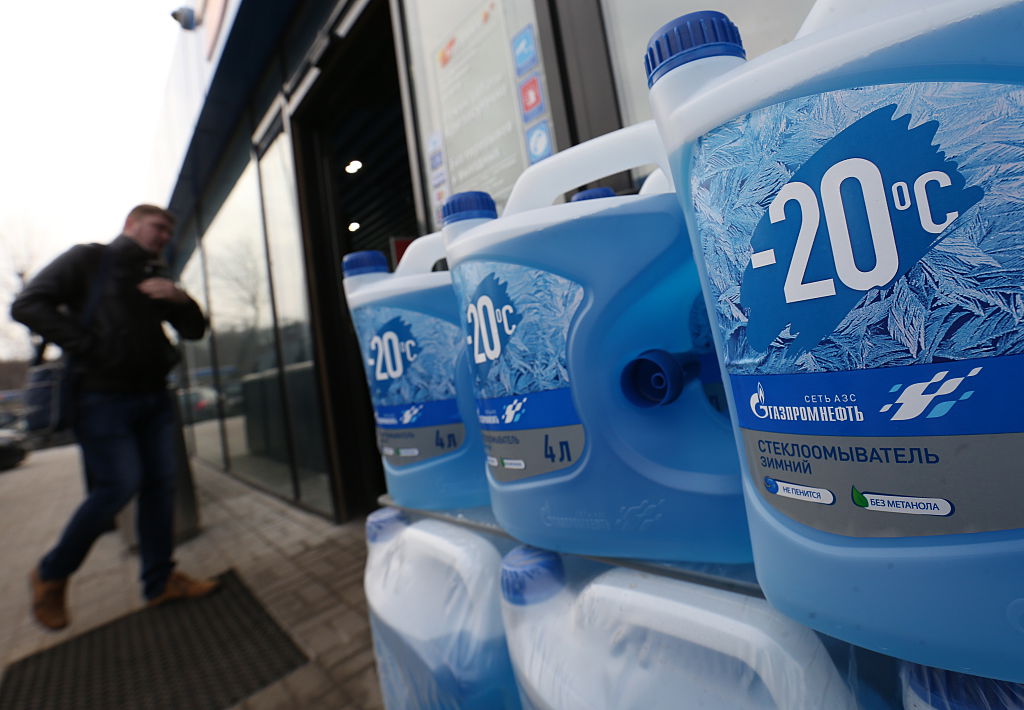
Engine coolant is as equally important as engine oil when it comes to the health of your vehicle. Read your owner’s manual to see which type of engine coolant is best for your specific model, and purchase a gallon to keep in your roadside emergency kit.
8. First-aid kit
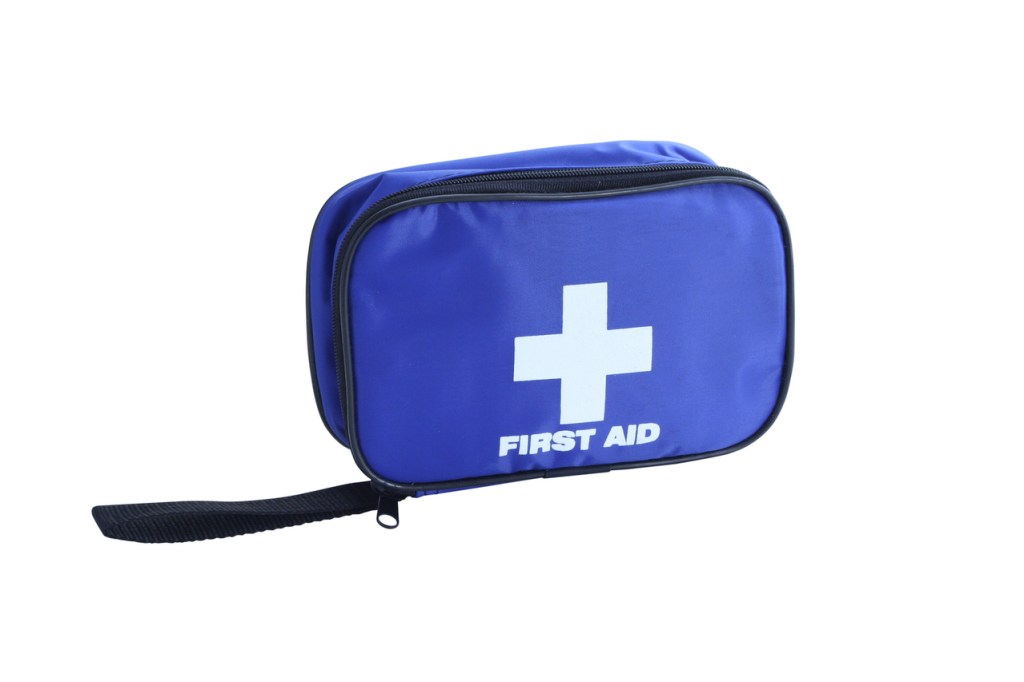
A first-aid kit should always be in your roadside emergency kit. First-aid kits are stocked with helpful medical provisions like bandages, antiseptic wipes, eyewash, and more. Keep your first-aid kit close to your emergency roadside kit for easy access.
9. Blanket

Because when your car breaks down, who doesn’t want to just cuddle up in a warm, comforting blanket? Seriously though, a blanket is useful for not just keeping warm should you have to wait for roadside assistance when the mercury drops, but also for laying down on if you have to inspect tires, chassis components, etc. Just make sure you buy a blanket that you don’t mind getting dirty.


